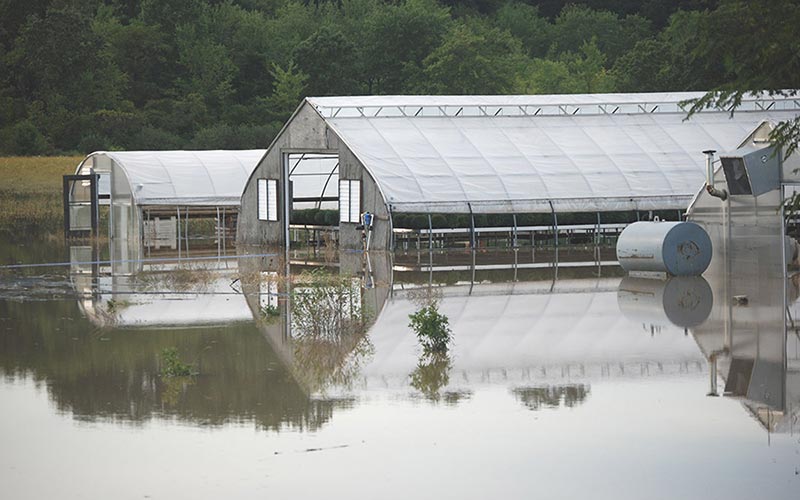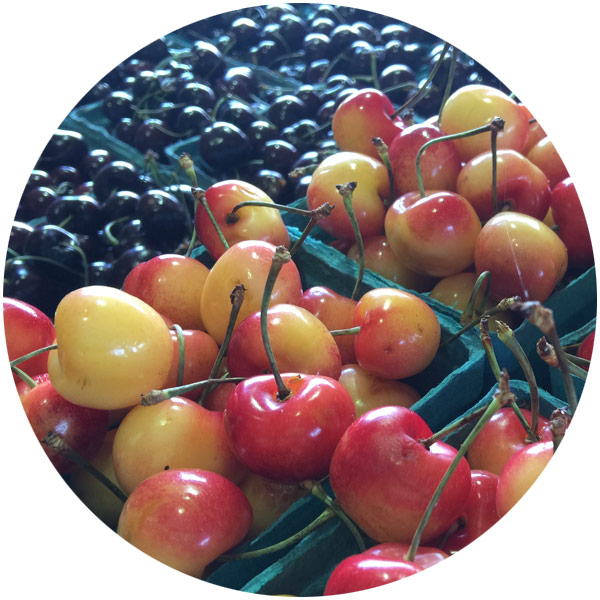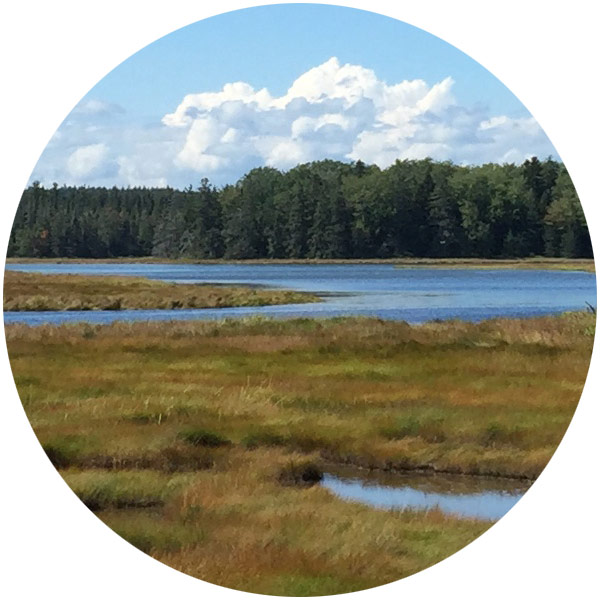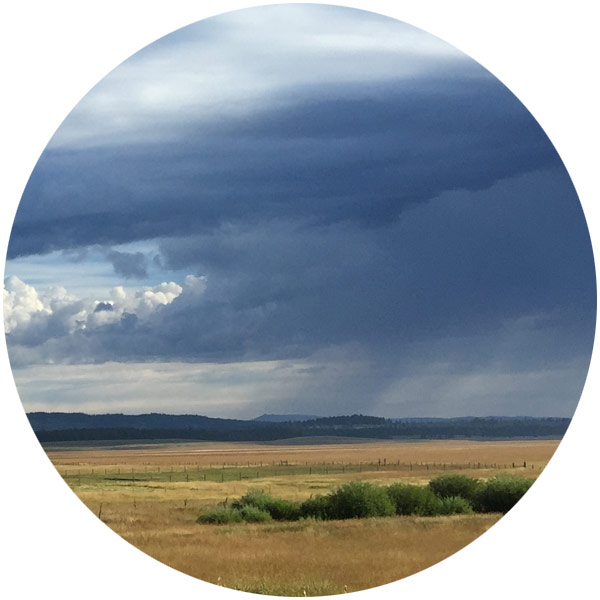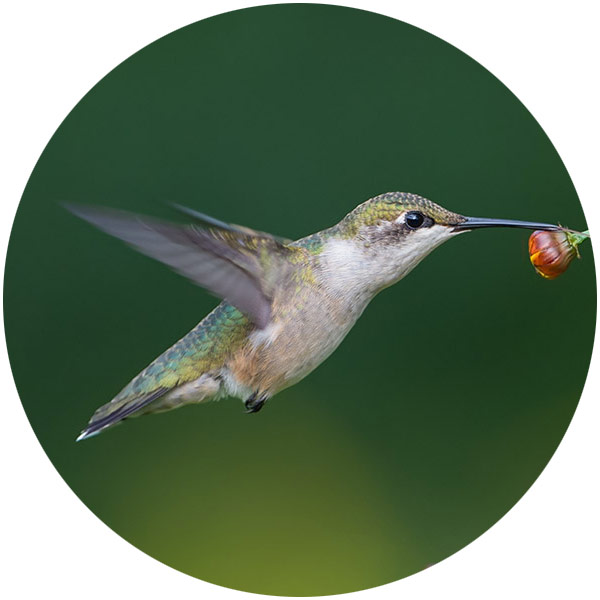Home > Climate News >
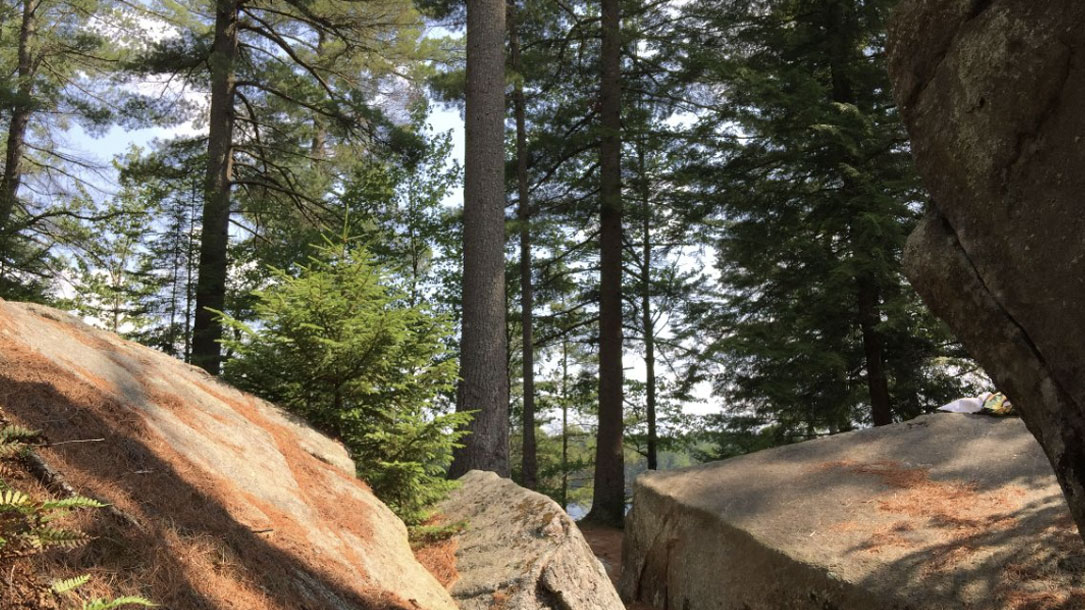
New research shows global climate benefits of protecting nature, but it’s not a silver bullet
Since 2000, the researchers reported, protected forests worldwide have stored 9.65 billion metric tons more carbon in their trunks, branches, and stems than ecologically similar unprotected areas. That is equal to about a year’s worth of annual carbon dioxide emissions from human activities. But that doesn’t mean that nature is a silver bullet that will stop climate change, said lead author Laura Duncanson, an assistant professor and remote sensing scientist at the University of Maryland who studies global carbon stocks.
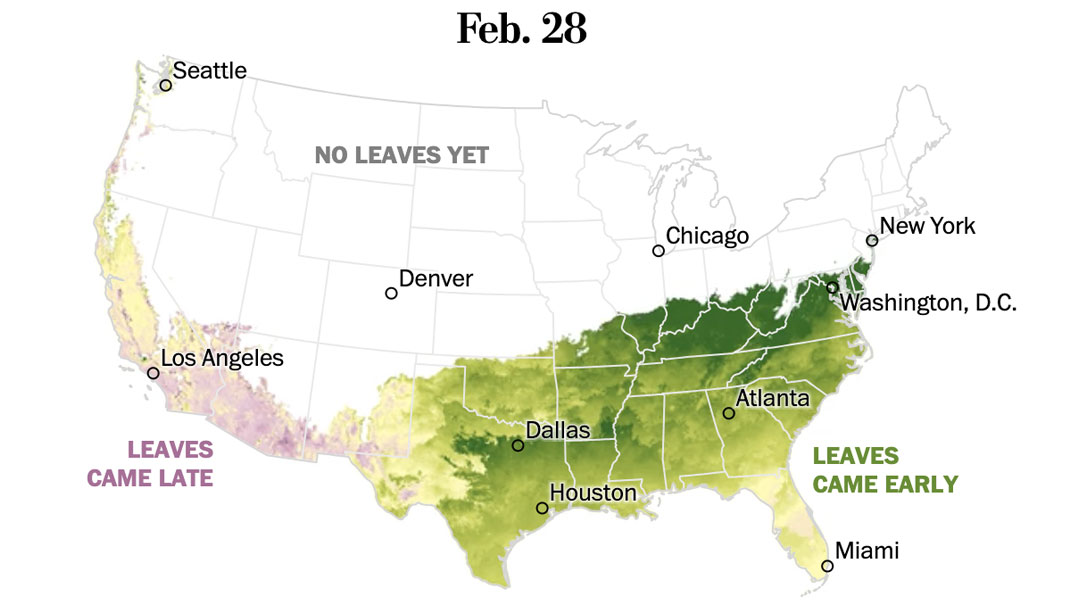
When will spring come? Or has it already? Look up where you live.
All across the east, naturalists are exasperated. As the rest of us luxuriated in this winter’s uncommon mildness, gardeners and wildlife biologists watched with rising pique as one of the earliest springs in recent memory threw nature’s rhythms out of whack.
Ignorant of the human calendar, nature instead responds to the gradual accumulation of heat at the beginning of each year. If the daily average temperature is above freezing, that sends a signal to plants and animals that life is again preparing to grow. Each year, the USA National Phenology Network — phenology is the study of seasonal change — keeps track of when leaves sprout as heat accumulates across the country.
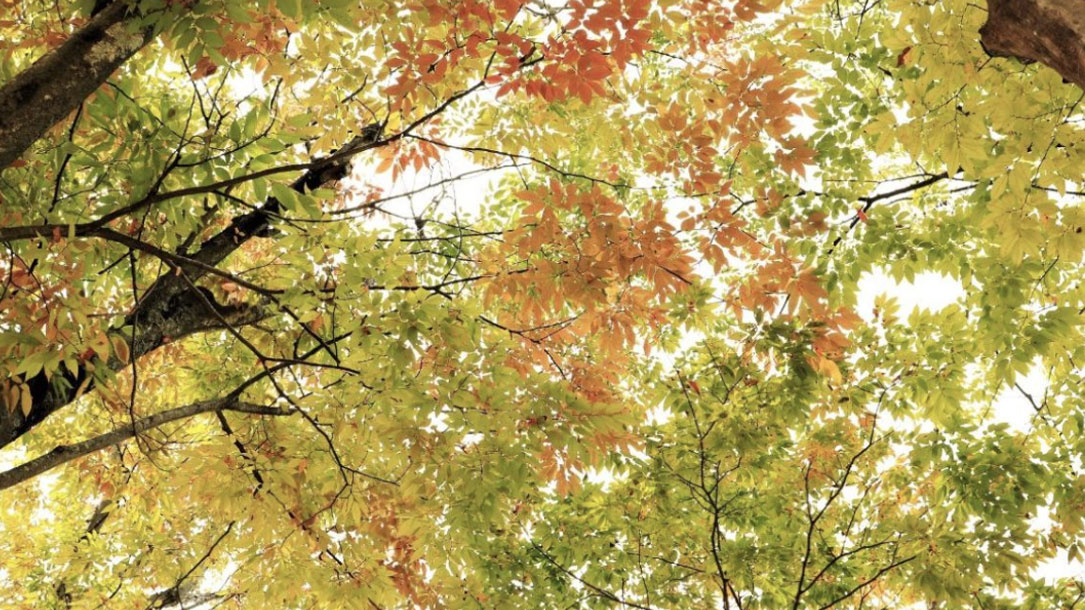
Trees are moving north from global warming. Look up how your city [region] could change.
As the climate warms, horticulturalists are trying out species adapted to more southern climates. Michael Hagen, curator of the native plant and rock gardens at the New York Botanical Garden, told me recently that his colleagues are planting southern live oaks, known for the Spanish moss that drapes, ghostlike, from their limbs.
Live oaks can grow as far north as Zone 7, according to data provided by the Davey Tree Expert Company. By century’s end, they could grow in Chicago and up into Michigan, while south Florida could become too hot for them.
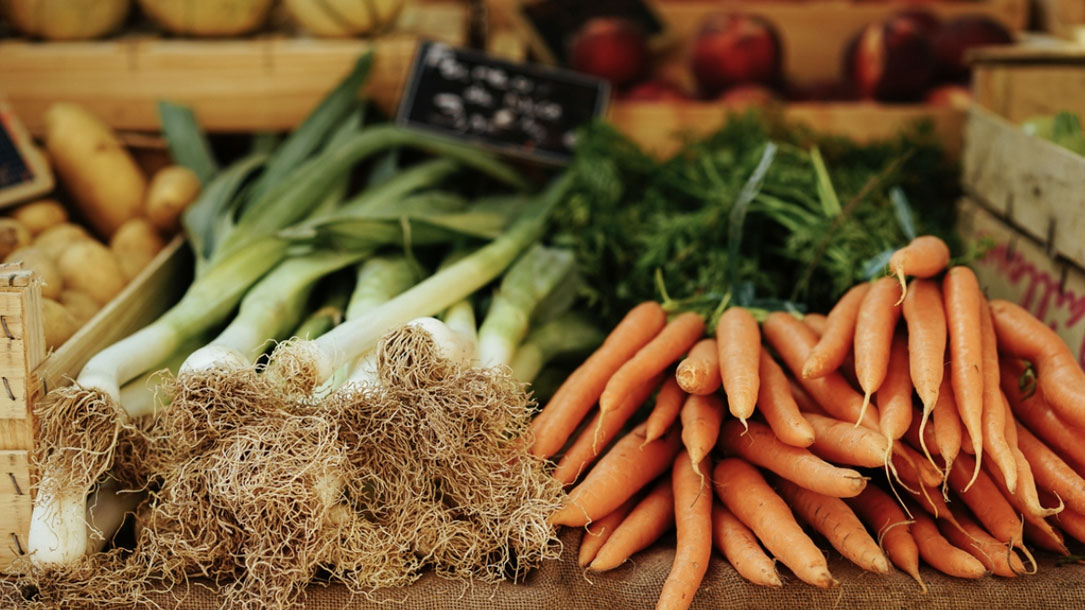
Assessing the climate change mitigation potential from food waste composting
Food waste is a dominant organic constituent of landfills, and a large global source of greenhouse gases. Composting food waste presents a potential opportunity for emissions reduction, but data on whole pile, commercial-scale emissions and the associated biogeochemical drivers are lacking. We used a non-invasive micrometeorological mass balance approach optimized for three-dimensional commercial-scale windrow compost piles to measure methane (CH4), nitrous oxide (N2O), and carbon dioxide (CO2) emissions continuously during food waste composting. Greenhouse gas flux measurements were complemented with continuous oxygen (O2) and temperature sensors and intensive sampling for biogeochemical processes.

From farm to kitchen: The environmental impacts of U.S. food waste
Over one-third of the food produced in the United States is never eaten, wasting the resources used to produce it and creating a myriad of environmental impacts. Food waste is the single most common material landfilled and incinerated in the United States, comprising 24 and 22 percent of landfilled and combusted municipal solid waste, respectively. This wasted food presents opportunities to increase food security, foster productivity and economic efficiency, promote resource and energy conservation, and address climate change.
As the United States strives to meet the Paris Agreement targets to limit the increase in global temperature to 1.5 degrees above pre-industrial levels, changes to the food system are essential. Even if fossil fuel emissions were halted, current trends in the food system would prevent the achievement of this goal. Globally, food loss and waste represent 8 percent of anthropogenic greenhouse gas emissions (4.4 gigatons CO2e annually), offering an opportunity for meaningful reductions.
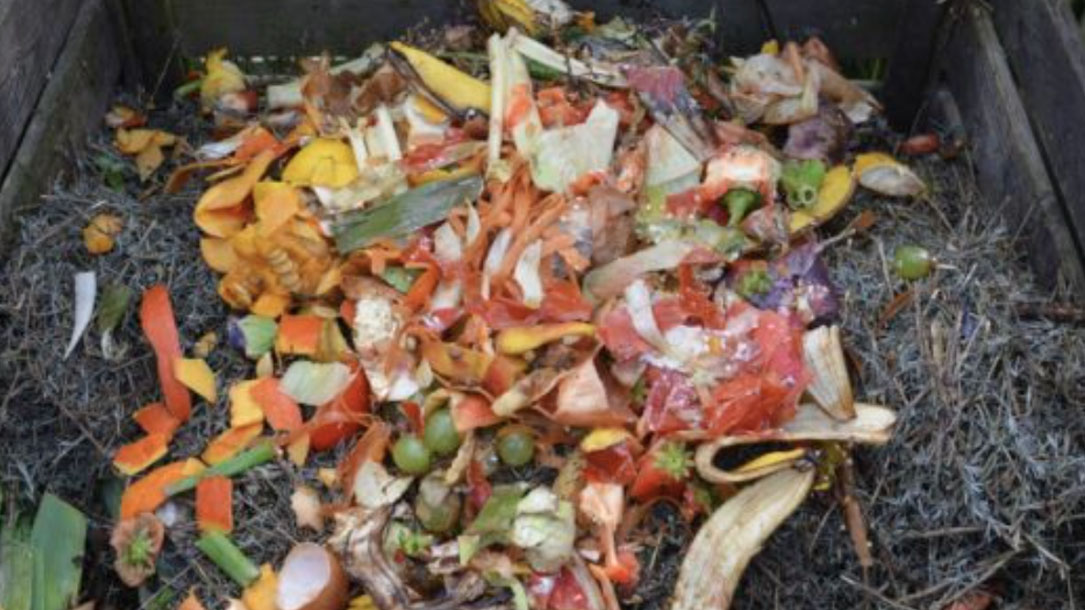
How much food waste is there in the United States?
Each year, 119 billion pounds of food is wasted in the United States. That equates to 130 billion meals and more than $408 billion in food thrown away each year. Shockingly, nearly 40% of all food in America is wasted.
Food goes to waste at every stage of food production and distribution – from farmers to packers and shippers, from manufacturers to retailers to our homes. Food waste in our homes makes up about 39% of all food waste – about 42 billion pounds of food waste. While commercial food waste makes up about 61% of all food waste or 66 billion pounds of food waste. Feeding America focuses on reducing food waste on farms and in food service, manufacturing, and retail.
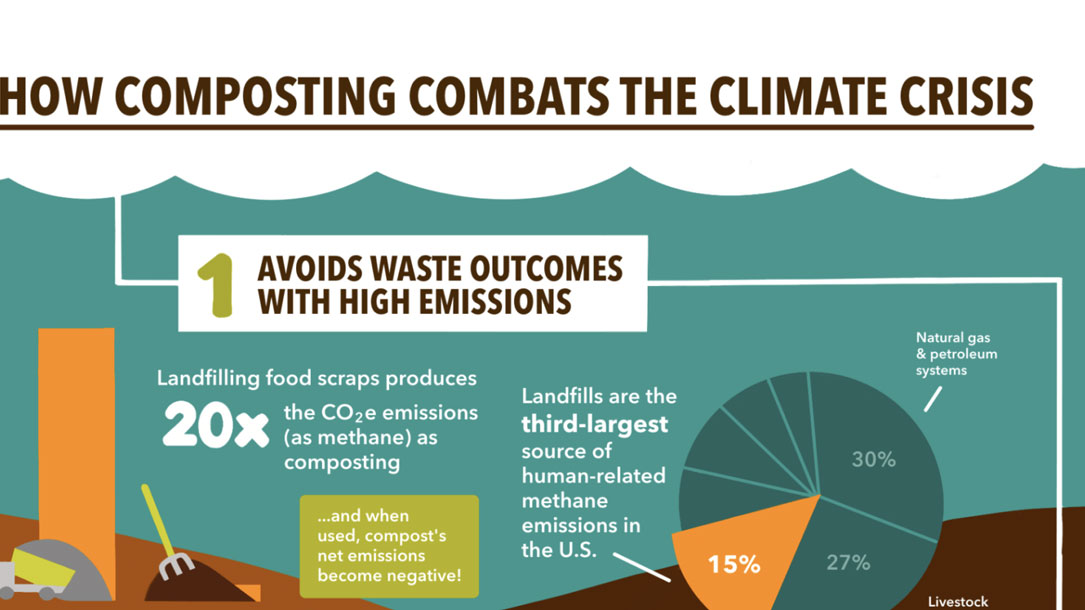
Infographic: How composting combats the climate crisis
Composting cuts greenhouse gas emissions, enhances the ability of soil to act as a carbon sink, and builds community resilience to climate disruptions.
Use our new graphic to share these benefits! It is available for your use (with attribution to the Institute for Local Self-Reliance).
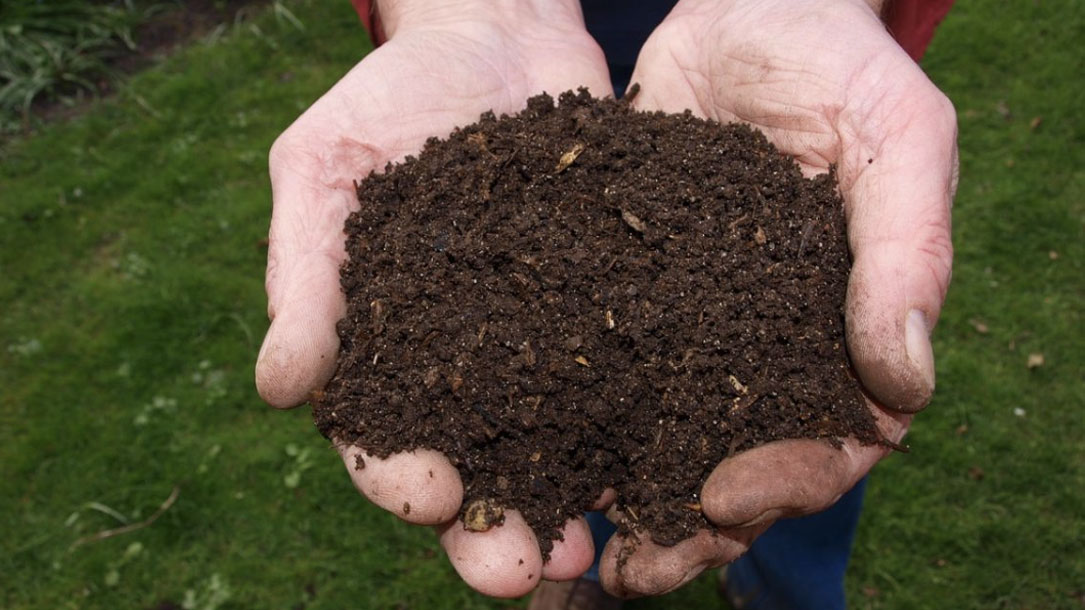
Deep soil inventories reveal that impacts of cover crops and compost on soil carbon sequestration differ in surface and subsurface soils
Increasing soil organic carbon (SOC) via organic inputs is a key strategy for increasing long-term soil C storage and improving the climate change mitigation and adaptation potential of agricultural systems. A long-term trial in California’s Mediterranean climate revealed impacts of management on SOC in maize-tomato and wheat–fallow cropping systems. SOC was measured at the initiation of the experiment and at year 19, at five depth increments down to 2 m, taking into account changes in bulk density. Across the entire 2 m profile, SOC in the wheat–fallow systems did not change with the addition of N fertilizer, winter cover crops (WCC), or irrigation alone and decreased by 5.6% with no inputs.
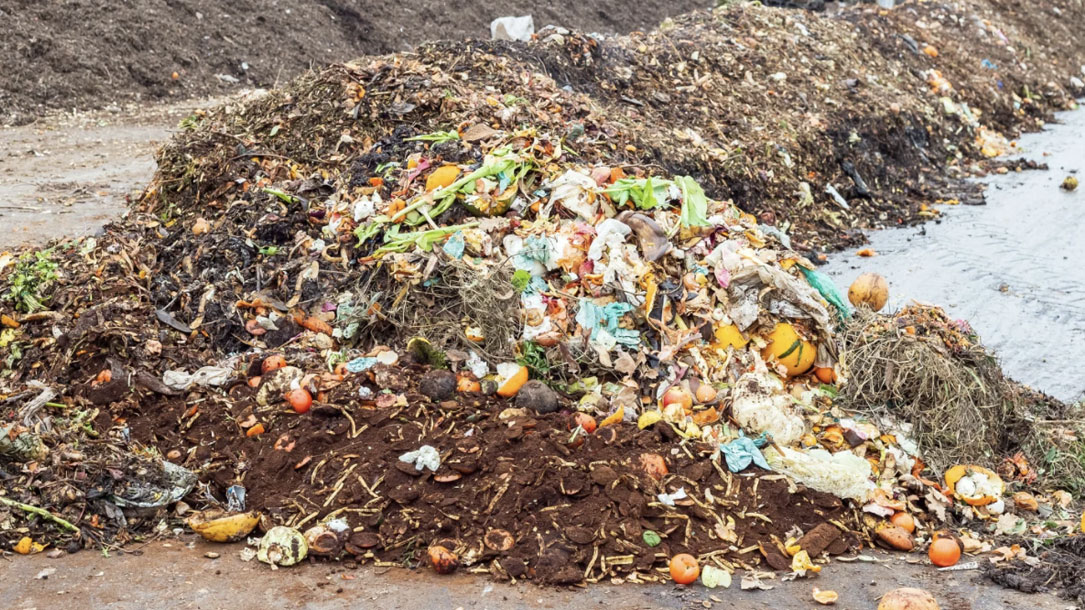
One simple way to slash methane pollution: composting
In the United States, a staggering one-third of all food — something like 130 billion meals annually — gets thrown out. Each year, that discarded stuff represents an estimated 170 million metric tons of carbon emissions — the equivalent of 42 coal-fired power plants…
According to a new study in the Nature Journal Scientific Reports, composting food scraps results in 38 to 84 percent fewer greenhouse gas emissions than tossing them in landfills…
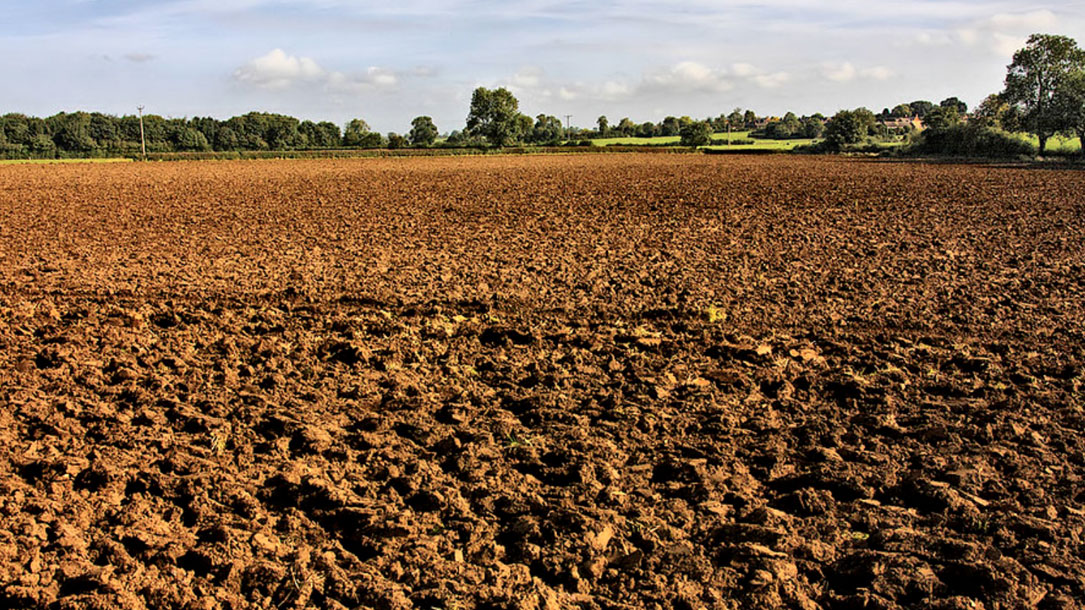
New research shows practices from the past will be key to future soil carbon solutions
Sometimes to go forward, you must go back.
A new study from Colorado State University’s Department of Soil and Crop Sciences and the Graduate Degree Program in Ecology found that regenerative practices — including integrating crop and livestock systems — were successful as long-term carbon storage solutions.

